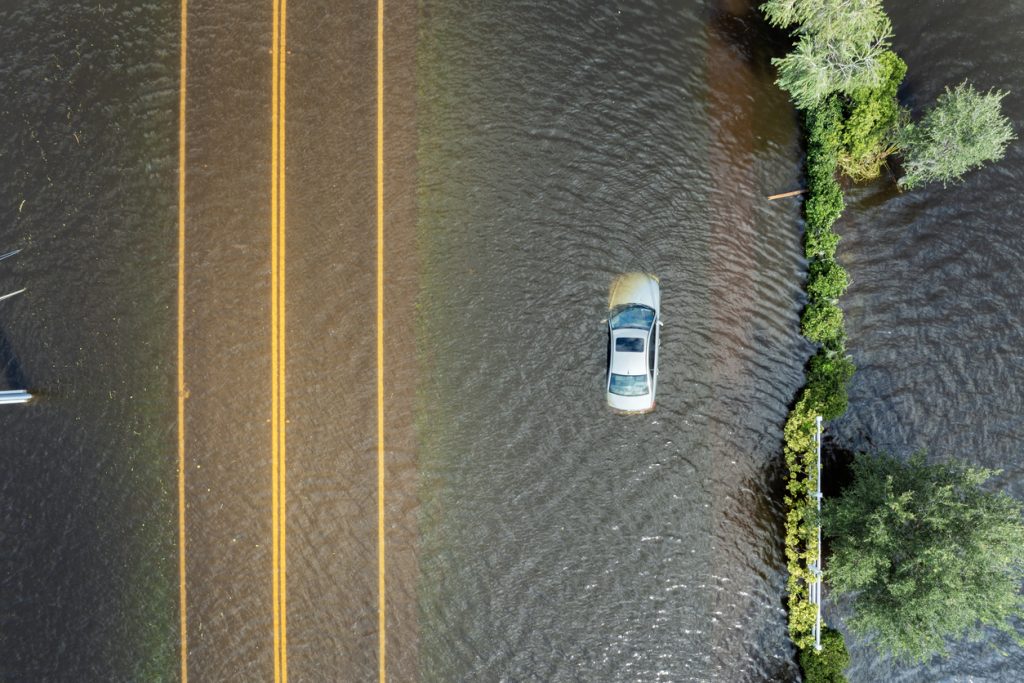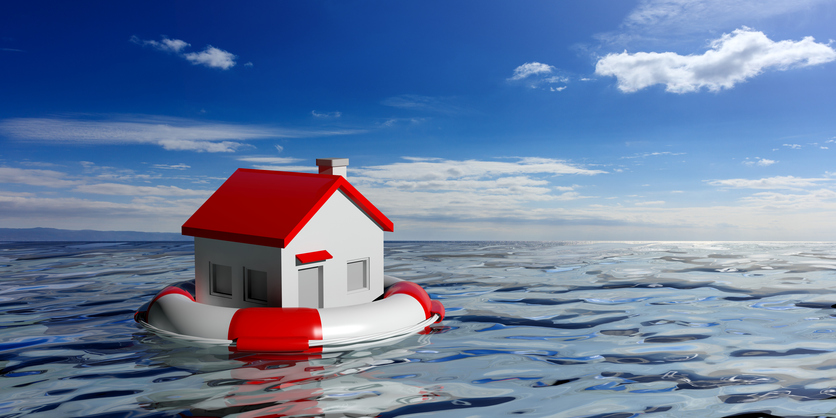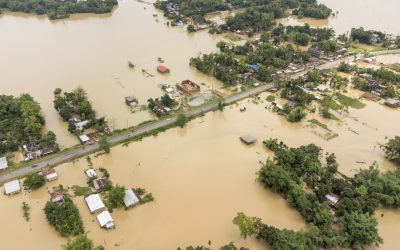What Is Flood Zone AE in Florida?
What Is Flood Zone AE in Florida- Florida’s picturesque coastline and subtropical climate make it one of the most desirable places to live in the U.S. However, its unique geography also exposes residents to specific environmental risks—one of the most significant being flooding. If you’ve come across the term Flood Zone AE, you’re likely wondering: what is flood zone AE in Florida? Understanding this classification is critical for homeowners, especially if you’re looking to protect your property and finances from natural disasters.
This comprehensive guide explains everything you need to know about Flood Zone AE, from its associated risks to insurance requirements and emergency preparedness tips. Whether you’re a new homeowner or considering buying property in Florida, this blog will help you make informed decisions.
Risks Associated with Flood Zone AE
Flood Zone AE is one of the most common high-risk flood zones identified by the Federal Emergency Management Agency (FEMA). Properties in Zone AE are situated in areas with a 1% annual chance of flooding, also known as the base flood or 100-year flood. Though it might sound rare, that 1% annual risk accumulates significantly over time.
Key Risks Include:
- Severe Property Damage: Homes in Zone AE are susceptible to flooding that can cause extensive structural and foundational damage.
- Financial Burden: Without adequate insurance, the cost of repairs and replacements can be astronomical.
- Mold Growth: Prolonged moisture can lead to mold infestations, posing health risks.
- Displacement: Flooding may force families to evacuate and live elsewhere temporarily.
Zone AE areas often have Base Flood Elevations (BFEs) established, which indicate the water height that has a 1% chance of being equaled or exceeded in any given year.
How to Find Out If Your Property Is in Flood Zone AE
Identifying whether your home lies in Flood Zone AE is a crucial step in risk management. Luckily, there are several reliable tools available.
Ways to Check Flood Zone Designation:
- FEMA Flood Map Service Center: https://msc.fema.gov/portal/home – Input your address to view the official flood maps.
- County Property Appraiser Websites: Many counties in Florida have interactive maps that include flood zone overlays.
- Hire a Surveyor: A licensed surveyor can provide an elevation certificate to determine your property’s BFE.
- Speak with Your Insurance Agent: Agents often have access to updated flood zone information.
Being proactive in determining your flood zone helps you better prepare for insurance requirements and mitigation strategies.
Insurance Requirements for Zone AE
One of the most common questions homeowners ask is: do I need flood insurance in Florida if I live in Zone AE? The answer is a resounding yes.
Why Flood Insurance is Critical:
- Mandatory for Mortgaged Homes: If your home lies in Flood Zone AE and has a federally-backed mortgage, flood insurance is required by law.
- Not Covered by Homeowners Insurance: Standard policies do not include flood damage.
- Cost of Recovery: FEMA reports that just one inch of water can cause over $25,000 in damage.
You can read more about what does flood insurance cover in Florida to get a deeper understanding of coverage types and limitations.
Choosing the Right Coverage:
Look into comprehensive flood insurance coverage Florida to ensure you’re protected against:
- Building and structural damage
- Electrical and plumbing system repair
- HVAC systems
- Appliances and personal belongings
Investing in proper insurance not only provides peace of mind but also significantly reduces out-of-pocket costs after a flood event.
Emergency Preparedness for AE Flood Zones
Living in Flood Zone AE means having a well-thought-out plan in case of flooding. Here’s how to prepare:
Create a Flood Emergency Plan:
- Know Your Evacuation Routes: Familiarize yourself with local emergency exits and routes.
- Store Emergency Supplies: Keep essentials like water, canned food, medications, and flashlights.
- Backup Important Documents: Store digital and physical copies in waterproof containers.
Property Protection Tips:
- Install Flood Vents: Help reduce structural pressure by allowing water to flow through.
- Elevate Utilities: Position electrical panels, heating systems, and appliances above the BFE.
- Seal Basements and Crawlspaces: Prevent water infiltration with waterproof coatings and sump pumps.
Preparedness goes beyond physical measures—understanding water damage insurance claim tips can also make a huge difference post-disaster.
Frequently Asked Questions (FAQ)
Can I build a new home in Flood Zone AE?
Yes, but with conditions. Building in Flood Zone AE requires adherence to local building codes and FEMA regulations. Your home must be constructed above the Base Flood Elevation and meet elevation and floodproofing standards. A building permit and possibly an elevation certificate are mandatory.
Will Zone AE designation affect property value?
Yes, properties in high-risk zones may experience lower market values compared to those outside flood-prone areas. However, proper mitigation and insurance can help maintain value. Some buyers may be discouraged by mandatory insurance costs, while others might be reassured by visible preparedness.
How often are flood maps updated?
FEMA updates flood maps every 5 years on average, but updates can occur more frequently in rapidly developing or frequently flooded areas. It’s vital to check for updates annually and during property purchases or refinancing.
Final Thoughts
Understanding what is flood zone AE in Florida is vital for every homeowner in the state. From recognizing flood risks to fulfilling insurance obligations and preparing your property, every step you take today can save thousands of dollars and prevent headaches tomorrow.
Being informed and prepared is your best defense against the unpredictable nature of floods.
File Your Flood Damage Claim Today
Get expert help with your flood damage assessment and claims process. Click here to file your claim with a Public Adjuster in Florida.
Sources:
- FEMA Flood Map Service Center
- National Flood Insurance Program (NFIP)
Related Reads:




